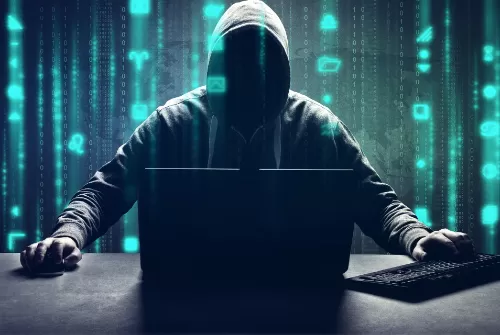Click to Get Big Benefits

A Goldmine for Hackers
Modern cars are equipped with an array of digital systems. From GPS navigation to advanced driver - assistance systems (ADAS), these features rely on software that can be vulnerable to cyber threats. Hackers can gain access to a car's network through various means, such as exploiting weaknesses in apps, Wi - Fi connections, or even diagnostic ports. Once inside, they can disrupt automotive safety systems, manipulate data, or steal personal information.
For instance, in a recent theoretical attack, researchers showed that they could remotely disable a car's automatic emergency braking (AEB) system, a key automotive safety feature. This demonstration revealed the potential for cyberattacks to turn life - saving technology into a liability.
The Risks to Automotive Safety
The consequences of a successful cyberattack on a vehicle are far - reaching and pose a significant threat to automotive safety:
Malfunctioning Safety Systems: Hackers can interfere with ADAS features like lane - keeping assist or adaptive cruise control, increasing the likelihood of collisions.
Loss of Control: In extreme cases, attackers can take over a car's steering or braking systems, leading to potentially fatal situations.
Privacy Invasion: Connected cars collect a vast amount of data, including location, driving habits, and even biometric information. If this data falls into the wrong hands, it can be used for identity theft or harassment.
These risks are not just hypothetical. In 2023, a major automaker had to issue a recall to fix a software flaw that could have allowed hackers to access a car's internal network.
The Automotive Industry's Response
To address these emerging threats to automotive safety, the automotive safety industry is taking several steps:
Enhanced Encryption: Manufacturers are implementing stronger encryption protocols to protect data transmitted between different parts of a car.
Over - the - Air (OTA) Updates: Regular software updates are being used to patch vulnerabilities and improve security.
Cybersecurity Certifications: New standards, such as the ISO/SAE 21434, are being introduced to ensure that carmakers follow strict cybersecurity practices.
However, these measures are not foolproof. Hackers are constantly developing new ways to bypass security systems, and the automotive safety industry must stay one step ahead.
What Drivers Can Do to Protect Themselves
While the automotive safety industry works on solutions, drivers can also take steps to protect themselves:
Be Wary of Public Wi - Fi: Avoid connecting to unsecured Wi - Fi networks in public places, as they can be a gateway for hackers.
Keep Software Updated: Regularly install OTA updates to ensure that your car's security systems are up - to - date.
Use Strong Passwords: If your car has a user account, use a strong and unique password to prevent unauthorized access.
By being vigilant, drivers can reduce their risk of falling victim to a cyberattack and help safeguard automotive safety.
The Future of Automotive Safety
As cars become more connected and autonomous, the importance of cybersecurity in automotive safety will only grow. The automotive safety industry is exploring new technologies to address these challenges, including:
Blockchain Security: Using blockchain technology to create a decentralized and tamper - proof record of a car's software and data.
AI - Driven Threat Detection: Employing artificial intelligence to monitor a car's network for suspicious activity and detect threats in real time.
V2X Communication Security: Ensuring the security of vehicle - to - everything (V2X) communication, which allows cars to communicate with each other and the surrounding infrastructure.
These innovations hold great promise for enhancing automotive safety in the face of evolving cyber threats.
Conclusion
Cyberattacks on cars aren't science fiction; they're the next frontier in automotive safety. As vehicles grow more autonomous and connected, the line between physical and digital safety blurs. Protecting yourself isn't just about wearing a seatbelt—it's about staying vigilant in a world where your car's greatest strength could be its Achilles' heel.
Stay connected, but stay guarded. Your car's automotive safety now depends on it.

All News
Others
- Terms of use
- Privacy Policy
